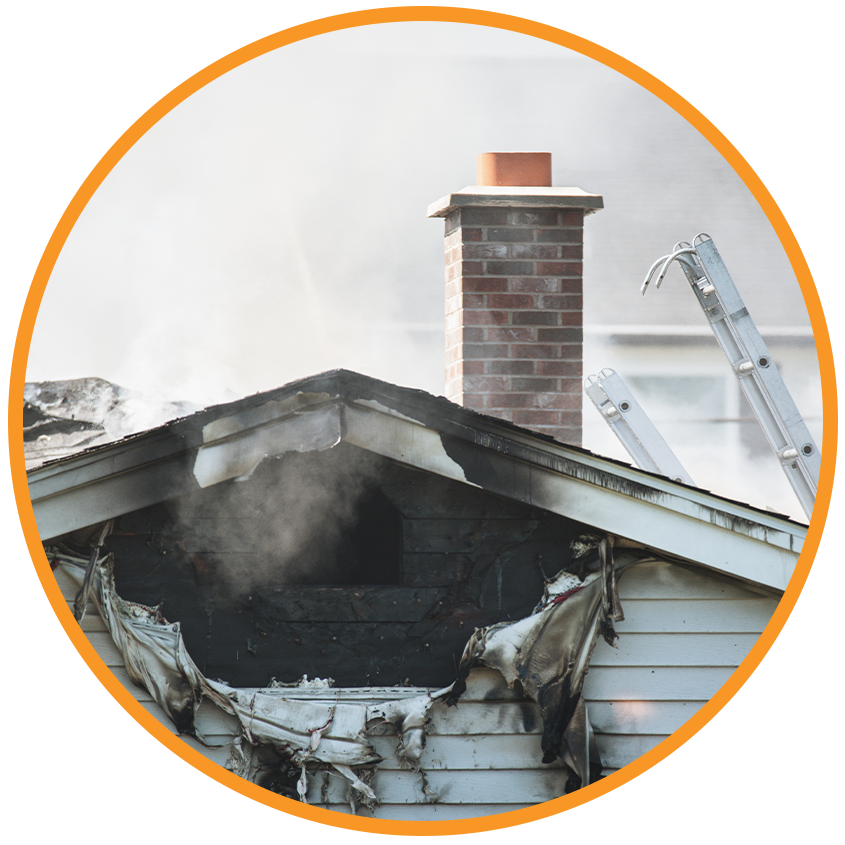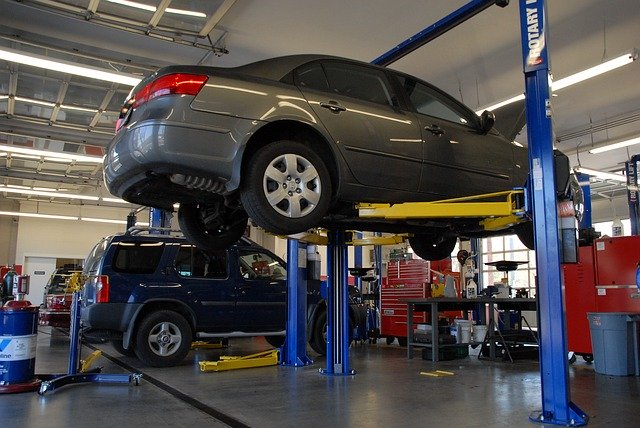What’s Lurking in Your Water? The Untold Truth About Fluoride and the Filter That’s Changing EverythingWhat’s Lurking in Your Water? The Untold Truth About Fluoride and the Filter That’s Changing Everything

A Contaminant Hidden in Plain Sight
Fluoride. A word most people associate with healthy teeth. But the story doesn’t end there. In reality, fluoride in drinking water is one of the most controversial additives in the modern water supply — praised by some, feared by others, and largely misunderstood by the average homeowner. Check More: water filter that filters out fluoride
Added by municipalities to prevent cavities, fluoride can accumulate in the body over time, leading to risks such as:
Dental fluorosis in young children
Skeletal fluorosis with long-term overexposure
Potential impacts on neurological development
Thyroid disruption in sensitive populations
Most filters can’t touch it. And the few that try? They often do so inconsistently — or only at one faucet. But now, one system is changing how smart homeowners think about fluoride filtration: the SoftPro Fluoride Filter System.
Certified, Tested, and Built for Real Homes
When it comes to fluoride, partial filtration isn’t enough. That’s why the SoftPro Fluoride Filter is engineered to deliver whole-house fluoride protection — not just filtered drinking water, but fluoride-free water from every tap.
With compliance to NSF/ANSI standards, EPA Safe Drinking Water Act requirements, and certifications recognized by WQA, this system goes far beyond basic filters and countertop gadgets.
The result? Pure, fluoride-free water for:
Showers (no more exposure to fluoride steam)
Baths (especially critical for small children)
Washing machines, dishwashers, and refrigerator lines
Pets, plants, and anyone who consumes water daily — which is everyone
The Brand That Said “Enough Is Enough”
Why the SoftPro Fluoride Filter System Breaks the Mold
SoftPro built this system not just for performance — but for precision. While most fluoride filters use generic carbon media and oversized claims, SoftPro invested in developing a targeted media blend specifically calibrated to bind, trap, and neutralize fluoride molecules at the point of entry. (
)

This isn’t an under-sink filter or a countertop pitcher. It’s a whole-home solution that provides consistent fluoride protection with:
Smart flow regulation to increase contact time
Maintenance-friendly design for quick media replacement
A robust housing that supports homes with high usage and pressure needs
Optional pairing with UV, RO, and whole house systems for complete water security
The One Comparison That Says It All
While ZeroWater and Aqua-Pure attempt to handle fluoride through limited-capacity cartridges, the SoftPro Fluoride Filter System delivers full-scale removal across every gallon of your home’s water — without the filter fatigue, reordering, or drop-off in performance.
SoftPro’s solution is engineered, not improvised. It’s built to outlast and outperform those “quick fix” solutions — and it shows in every drop.
Expert Review from Craig the Water Guy
“Fluoride Isn’t a Maybe — It’s a Must-Filter.”
Craig Phillips, nationally recognized as Craig the Water Guy, has spent 25+ years helping homeowners protect their water. And when it comes to fluoride?
“I’ve tested water in hundreds of homes that ‘looked clean’ — and found fluoride levels well beyond safe limits. What shocked me was how few systems could remove it properly. The SoftPro Fluoride Filter System is the only one I trust to handle fluoride across an entire home. It’s consistent, powerful, and built for real life — not just lab results.”
His verdict is echoed by health-conscious families, contractors, and well water homeowners across the U.S.
Who Should Be Using a Fluoride Filter?
This System Was Built for People Who Take Water Safety Seriously
The SoftPro Fluoride Filter System is ideal for:
Parents concerned about fluoride exposure in children
Private well owners in regions with high natural fluoride levels
Homeowners on city water seeking a layer of protection beyond municipal treatment
DIYers and contractors who want reliable, certified equipment
Plumbers and facility managers maintaining compliance in sensitive environments like schools, daycares, and clinics
Survivalists, off-grid families, and eco-conscious buyers focused on long-term health and clean living
SoftPro’s system can also be installed alongside other filtration options like reverse osmosis, iron filters, carbon filters, and UV sterilization for a complete protection package.
Frequently Asked Questions
Can the SoftPro Fluoride Filter protect my entire home or just drinking water?
Unlike under-sink units that only treat a single tap, this is a whole house fluoride filtration system. Every faucet, shower, and appliance in your home gets fluoride-free water — including your laundry and bath water. (
)
How is this different from typical water filters I find in stores?
Most store-bought filters focus on chlorine, sediment, and basic taste improvement. Very few are engineered to actually target and remove fluoride. The SoftPro Fluoride Filter was purpose-built for fluoride reduction and tested under real-world usage conditions.






